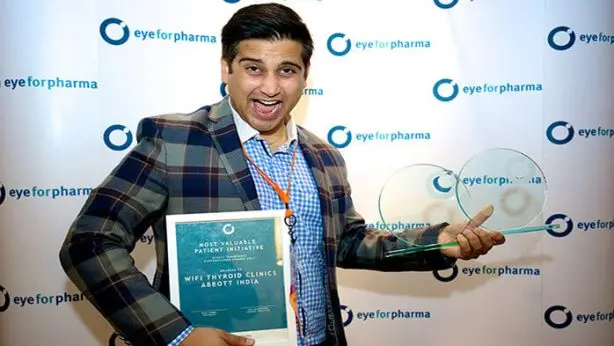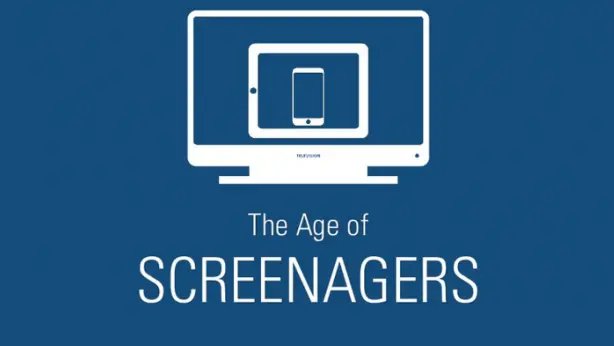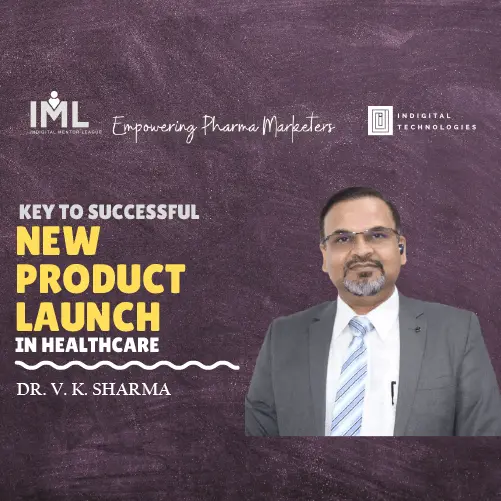There are many reasons - like language barrier, availability of lesser time in Doctor’s chamber because of increased patient number, feeling embarrassed to ask some personal questions, likelihood of relatives not telling true picture of the disease to the patient- which make patient resort to internet for getting information about his disease. However, people’s preference in general and that of patients in particular towards digitalization for healthcare has not come overnight but through a slow transition. Recall the days till 1980’s when only those doctors and paramedical staff who had access to medical college and hospital libraries could update their information on current research quickly. For others it could come in annual medical conferences or through visit of a medical representative bringing inputs from the medical department of pharmaceutical company he represented. Around 1990s we got Medline on CD ROM, a great development of that time, as clinicians and researchers attached to medical libraries & leading institutions, we got access to abstracts of recently published articles in digital format. It made focused searches easy. Later the availability of Pubmed on Internet on computers through dialed phone network in a few select metro cities still kept it out of reach of common man for exorbitant costs apart from having limited access to technology.
A proper diagnosis of the disease, followed by selection of appropriate therapy by the doctor leads to better prognosis, i.e. cure. Prescription is not enough as compliance to the therapy has great impact on outcome of therapy. Given the skewed ratio between patient and doctor number it is well-nigh impossible for doctors to spend longer time with their patients for education. In public hospitals the time available with doctors for patient is still less and a junior doctor or nurse may talk to the patient. Being under stress because of illness, patient is more likely to miss a number of points told by the doctor. Hence a written communication, which can be revisited multiple times has no substitute. Companies tried to support the cause by providing educational and awareness material in printed form as take away leaflet or healthcare magazines to be kept at doctor’s clinics. This strategy has limitations as not many doctors would allow the material to be kept in their clinic. Further, patient will be rarely in the mood to read and absorb content given the stress he may be undergoing waiting for his turn.
Pharmaceutical companies can make use of the huge resources at their hand to protect patient’s welfare by providing authentic information on diseases what a doctor would like to give to the patient in his clinic but cannot do so for short of time by drafting it in simple language. For this, it has to come in an unbiased manner and not as a customer. This way while improving their own brand image as an unbiased, socially responsible company in the eyes of people, the companies can incidentally garner respect and earn followers resulting in increased visits to their website. Now there is a shift in patient approach and the day may not be far off when patients can insist on a particular brand or company drug because of the developed trust in an organization. This can in turn improve company turnover, which is the aim of any commercial organization.
We have come a long way from restricted access to medical and healthcare information before 1990s to the barrage of information today with the availability of smart phones changing the scenario completely. It has made reading blogs easy even while traveling for work or sitting idle. Blogs by scientific and medical writers added the impetus as it made available analysis or commentary on medical literature in easy to understand language for common man. Patients asking questions and getting answers from experts and renowned columnists through special blogs became reality. Later we saw internet flooded with useful information on ideal height-weight formulae, tips for healthy lifestyle, exercising and dieting. However, the easy availability of blogging also brought in pitfalls. Instead of ‘expert opinion’ we also see ‘my opinion syndrome’ where the very authenticity of information is at stake. This can lead to problems for the blind follower.
This is where pharmaceutical companies with huge resources at hand can make a difference. Let us understand that ‘patient self diagnosis’ is a misnomer. Diagnostic tools are used for monitoring as they give absolute values. However, the interpretation has to come from expert clinicians. Thus knowing high level of sugar in blood is only a part of the story. Whether it is fasting or post prandial or random sugar and connecting it to the lifestyle of the patient or other conditions as recent surgery has more relevance. Further, some medications like steroids, anti-anxiety drugs, birth control pills, diuretics, statins, medicine to treat acne (e.g. iso-tretinoin) and some anti-asthmatics also can raise blood sugar levels of diabetics sending sugar control haywire. A common man cannot interpret these results in the light of these multiple parameters.
Let us take another example of Rheumatoid Arthritis. We know that Rheumatoid Arthritis is an incurable disease but it is possible to control it by taking disease modifying agents. In absence of definitive treatment or trying unproven therapies is known to lead to aggravation of the disease leading to deformities of joints, which is then irreversible. It is important to tell patients that Rheumatoid Arthritis symptoms may wax and wane. There is a chance that patient takes alternative medicine during waning phase and trusts it only to face the acute symptoms because of exacerbation of the disease later leading to discomfort and deformity because of advanced disease. I take pride in sharing a couple of true life stories where I advised and encouraged two ladies in their 40’s with Rheumatoid Arthritis to visit a Rheumatologist urgently instead of trying unproven alternative therapies. They both are doing fine now. Such facts and case studies of success or failures should be stressed more in informative and engaging articles. Another example is of cholesterol plaques (Xanthelasma) that usually appear on the eyelids of people with high cholesterol, triglycerides or other blood fats (dyslipidemia) and may be suggestive of increased risk of cholesterol deposition on the walls of arteries increasing risk of angina, heart attack or stroke. Early diagnosis is desirable in case of cancer as well where many patients report to hospitals at a much later stage of the disease. Spreading awareness and thereby encouraging people to visit doctor early makes for a huge contribution to the society. This can be considered as fulfilling the goal of corporate social responsibility as well.
Thus encouraging people and patients to take note of symptoms, jot these down and discuss with their doctor for better and quicker diagnosis protects the patient. Such organized approach in turn helps the doctor to help the patient only. Articles should stress that delaying diagnosis does not help except that it may change prognosis from a curable disease to a difficult to treat disease or in worst case possibly to incurable disease stage.
Summing up, it gives an excellent opportunity to make use of patients and peoples preference to get tips on healthcare using digital platform, which should be grabbed judiciously with both hands.


